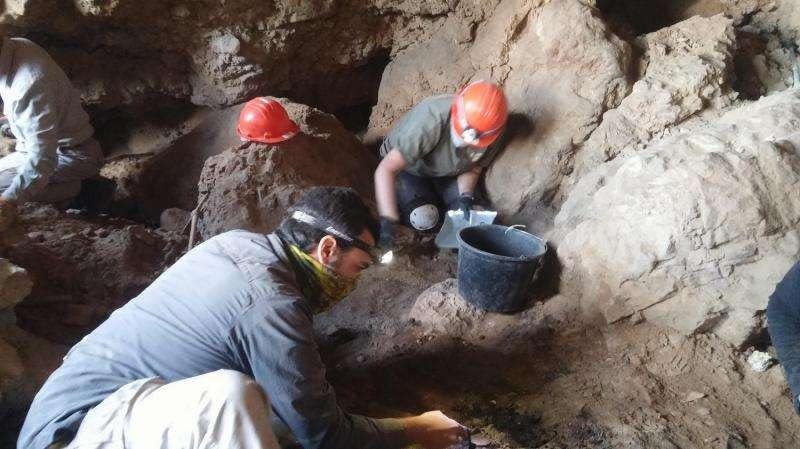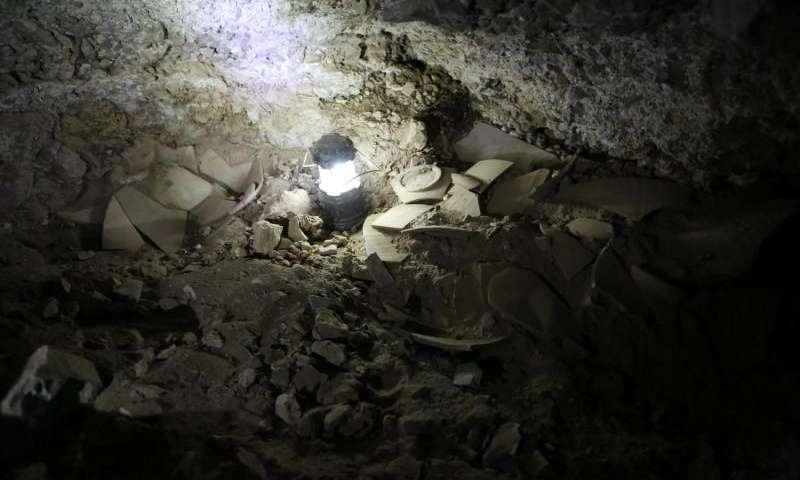New Dead Sea Scrolls cave filled with ancient artefacts discovered for first time in 60 years

A new cave in the Qumran cliffs on the Dead Sea filled with 2,000 year old pottery, scroll jars and other antiquities has been discovered by a team of archaeologists - although no Dead Sea Scrolls fragments were found.
The Dead Sea Scrolls are a collection of almost 1,000 manuscripts found in the Qumran caves, on which the second-oldest surviving versions of works which later became Torah and Bible texts are written.
The first of the parchment, papyrus and copper texts, in a variety of languages, were discovered by Bedouin goat herders in the 1940s.
The new find puts paid to the existing consensus that the scrolls are only located in eleven caves at Qumran, a site in the West Bank managed by Israel.
“Until now it was accepted that Dead Sea Scrolls were found only in 11 caves at Qumran, but now there is no doubt that this is the 12th cave,“ Dr. Oren Gutfeld, one of the joint Hebrew University of Jerusalem and Liberty University of Virginia project’s lead researchers, said in a statement.
The archaeologists found shards of pottery and broken scroll storage jars and cloth and leather straps used to protect them dating from the Second Temple period at the cave’s entrance. There was one blank parchment left in a jar, while the others - presumably the valuable texts - had been removed.

Many Dead Sea Scroll fragments have ended up on the antiquities black market over the years. Pickaxes at the site suggested that it had been discovered and looted in the 1950s.
“Although at the end of the day no scroll was found, and instead we 'only' found a piece of parchment rolled up in a jug that was being processed for writing, the findings indicate beyond any doubt that the cave contained scrolls that were stolen,” Dr Gutfeld said.

Flint blades, arrowheads and a stamp seal made of a semi-precious stone were also found in the cave, revealing it had been in use since the Chalcolithic and Neolithic period.
There are still hundreds of caves left to excavate at Qumran. Dr Gutfield and his team are hopeful that the rest will yield more discoveries.

